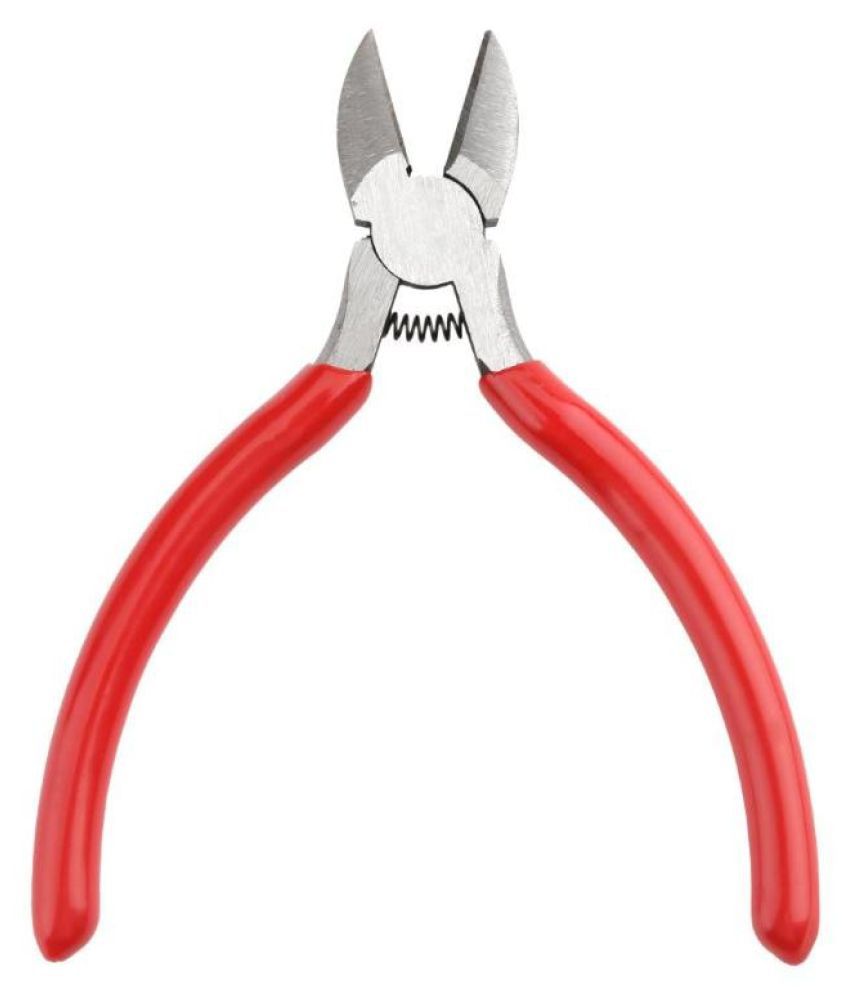There are a number of devices that are used to cut wires in various ways, and it can be very confusing for the layman. Is a side cutter the same as a wire cutter? After all, side cutters are used to cut wire, so is there a difference? And what is a flush cutter anyway?
The reality is there are as many wire cutting tools around as there are wires that need to be cut, and some type is used by almost every profession or trade in the world today. Quality wire cutters including side cutters are relied on to deliver professional results by the likes of auto mechanics, doctors, electricians, firemen, florists and jewellers, and there are a number of non-specialised wire cutters that every handymen should be familiar with.
Cutters
Cutters are the name of hand tools that can be used to cut a wide array of different materials, including wires. An average pair of cutters comes with two levers that are fixed together with the use of a fulcrum that is situated nearer to one end. The longer part is the handles, with the shorter section being the jaws.
Cutters make use of levers in order to increase and extend grip strength. Putting pressure on the handles magnifies the holding power and sees it be directed to the point at which the pincers meet. Cutters are very useful for a number of different applications because of their ability to work with small materials.
There is a wide selection of cutters available, depending on the nature of the application. They are also available in a number of sizes and come with a range of joints and pincers.
Side cutters or wire cutters?
A side cutter is the term given to a pair of strong blades that have been incorporated into pliers or handheld clippers. They are usually used for cutting wires. A wire cutter on the other hand is better known as a flush cutter, with flush meaning straight or level or on the same plane.
Flush cutters therefore cut wires in a level manner, while side cutters cut wires on an angle, which means that the edge of the wire is cut to one side.
In terms of wires side cutters function by indenting and wedging apart the wire. After cutting they leave the wire with a sharp spike, and normal side cutters are an inexpensive and quality tool providing this is not an issue. If it is there are specialised side cutters that are capable of providing a much cleaner finish than is possible with the use of scissors or a knife. They are able to supply a diagonal cut and are in common use with aluminium or soft copper electrical conductors.
Side cutters should not be used on harder items like screws and nails due to the fact that such materials can result in damage to the cutters, potentially even rendering them of no further use. They are however ideally suited to the tasks of stripping insulation, and cutting, holding or splicing leads.





